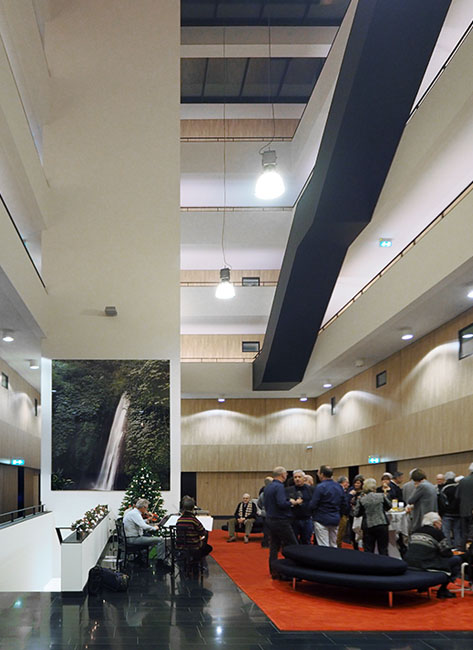The Future of the Dutch Workhome Project
Abstract
While preparing this issue of DASH, the editorial board noticed that it was hard to find recent projects that successfully combine living and working. Even though Dutch housing has a reputation of plan innovation, its projects rarely explicitly address the issue. To get a better understanding of why this is the case, and to discuss how workhome arrangements can be stimulated in the Netherlands, DASH organized a discussion. We invited a number of Dutch architects and planners who are involved in projects combining living and working to share their experiences and ideas at a round-table discussion.
The conversations are fed by two case studies: architects Jo Janssen and Wim van den Bergh present Piazza Ceramique, a successful workhome project, and Jeroen de Bok and Isabelle Vries, of the City of Rotterdam and the Port of Rotterdam respectively, will explain the joint strategy for the Merwe-Vierhavens (M4H), a harbour area that will be converted into a mixed living and working innovation district. The afternoon starts with a guest from London, architect and academic Frances Holliss, author of the publication Beyond Live/Work: The Architecture of Home-Based Work.2 She starts the round table with a brief analysis of the situation of the workhome in the United Kingdom and ends with a call for action. To open the discussion, she asks the participants about the current situation in the Netherlands. What are the conditions that facilitate or obstruct design for home-based work?’

